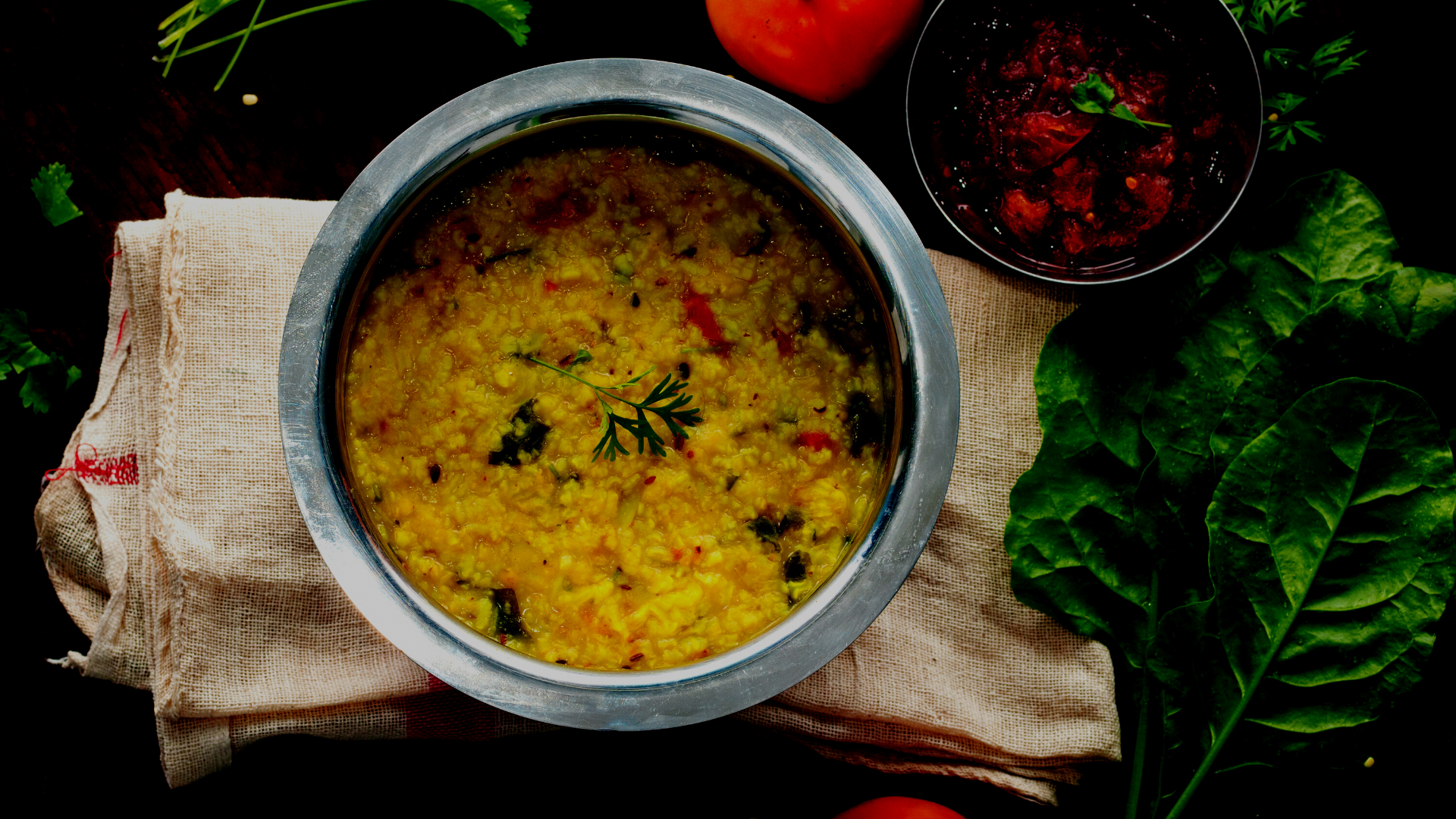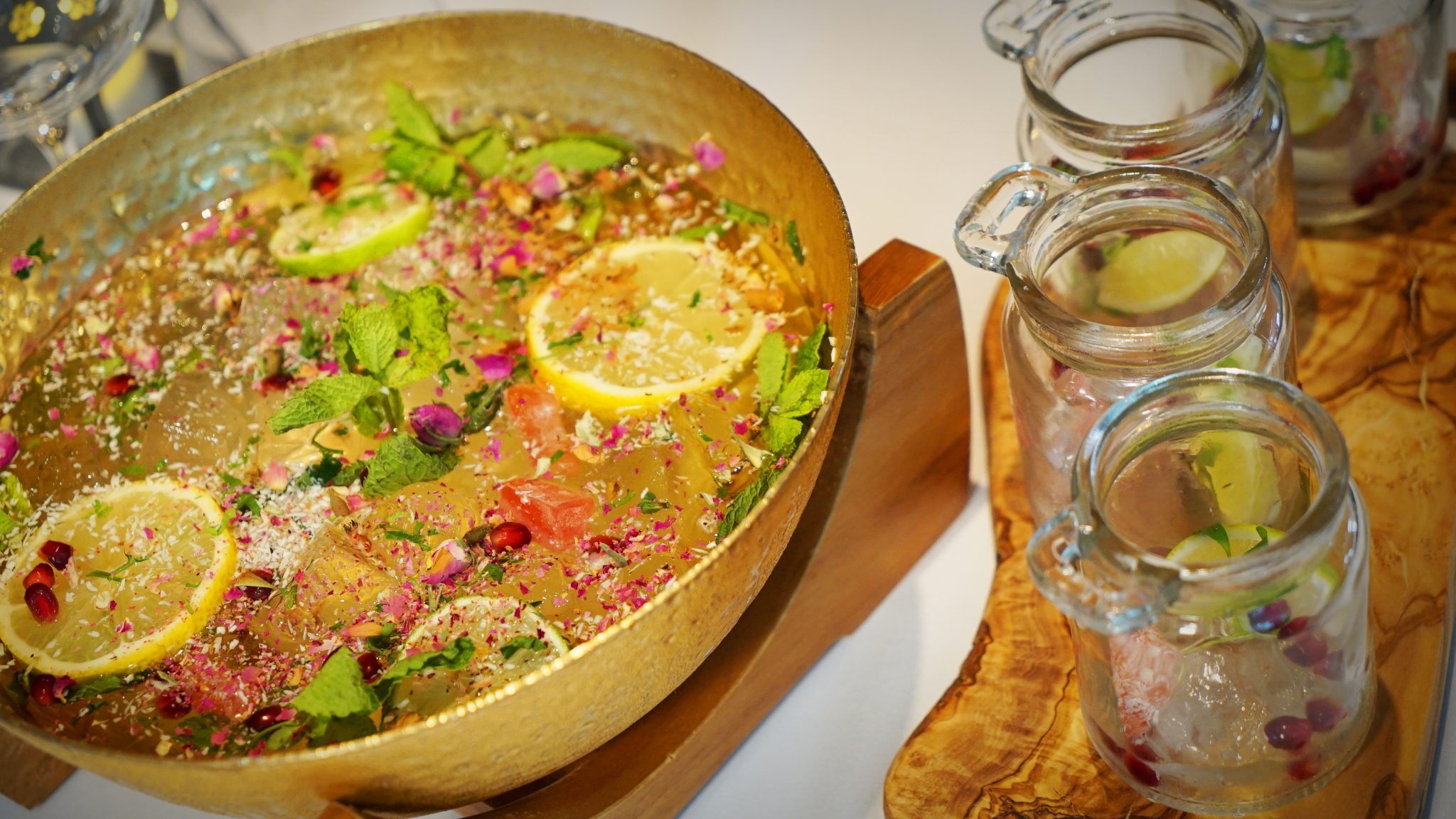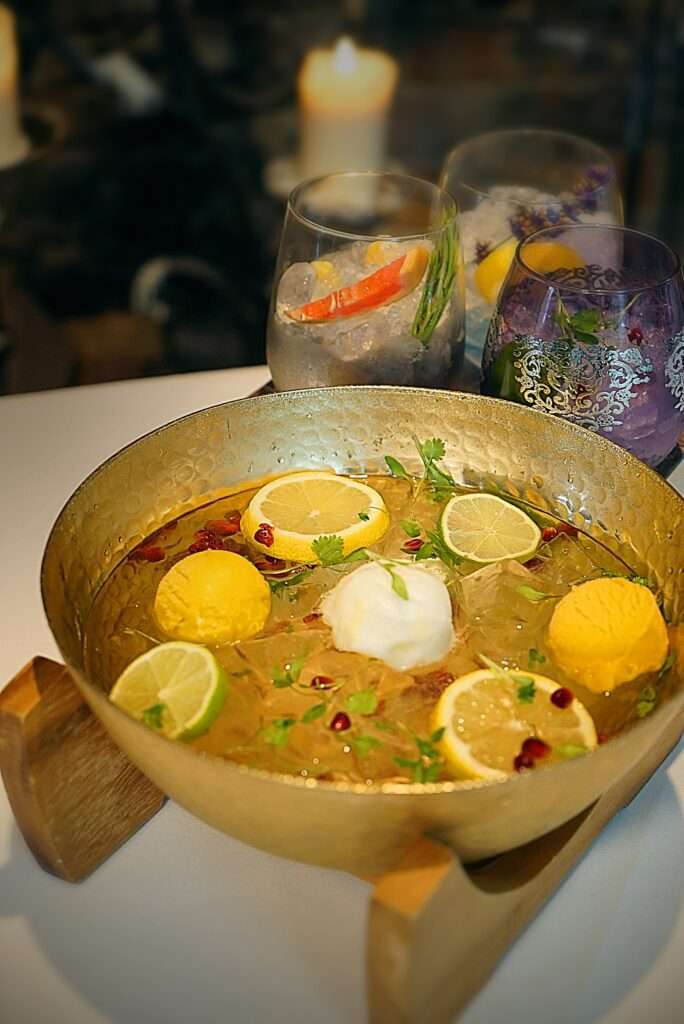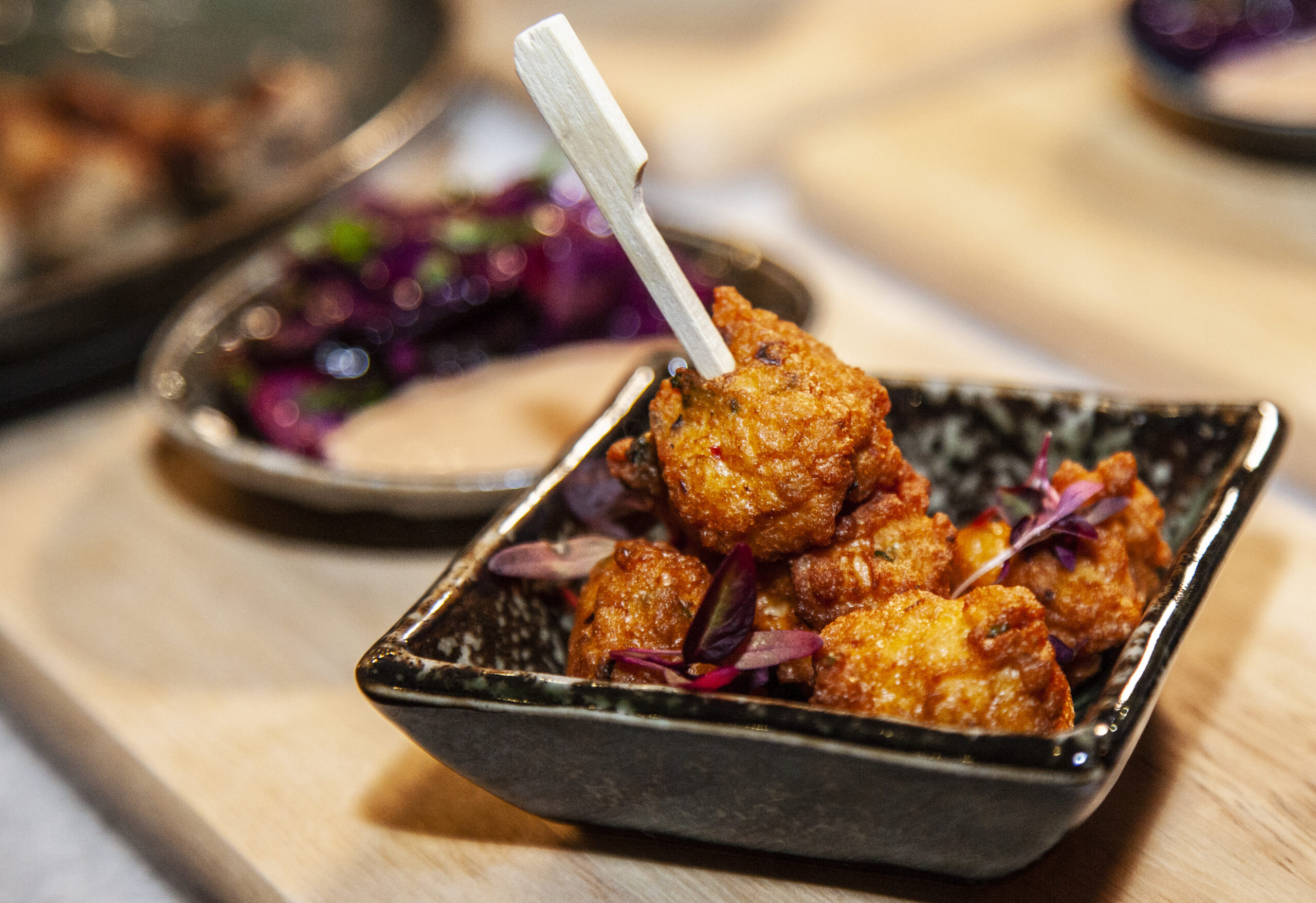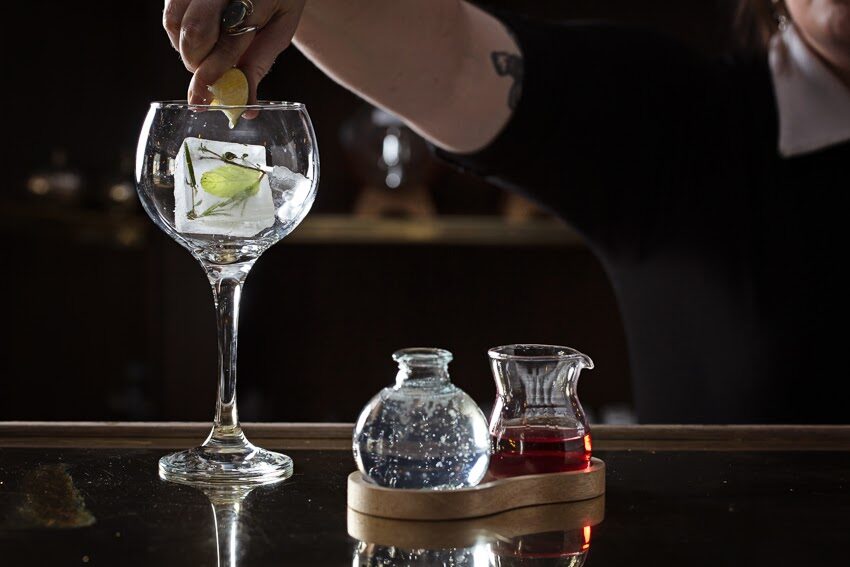Turkey Khichri (Kedgeree)
Turkey Khichri (Kedgeree)
Kedgeree may be known as a well-loved and hearty British breakfast dish but its origins are in fact from Indian cooking where it is referred to as khichri (in Hindi). It was during the British Raj period that it was adopted by the British and altered for their tastes in India and then again amended when brought back across to the British Isles.
Originally, the dish consisted of a mixture of rice, lentils, spice and was always topped with shredded fried onions. One of the oldest references to the dish was recorded by the scholar and explorer Ibn Batuta in AD 1340 in which he writes: ‘’The munj {moon or mung bean} is boiled with rice and then buttered and eaten. This is what they call kishri, and on this dish they breakfast every day.’’
As it grew in popularity with the British in the 19th century, additions of smoked fish i.e kippers came about. However, as new iterations were developed in Britain, especially during the Victorian period, less spices were used, opting for more herbs like parsley or marjoram.
Fast forward to the kedgeree we love to eat now and we can see it has returned to its Indian roots using spices like turmeric to colour the rice a pale yellow, slices of green chilli for heat and those deliciously fragrant and sweet fried onions on top – an incredible garnish that finishes off the dish perfectly.
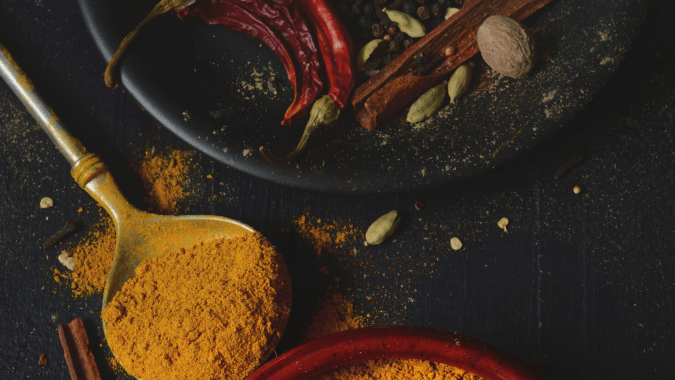
What makes this recipe so versatile is that it really isn’t just limited to being a breakfast dish and it’s not just a dish that needs to be cooked with smoked fish or eggs or even meat for that matter. It’s filling without sitting too heavy, and as intended in the subcontinent, a very humble dish that is perfect to break your fasts with. With Christmas around the corner, we have put together a simple recipe that allows you to use all your leftover protein from Christmas Day and serve up a delicious Boxing Day brunch that not only fills the bellies of your guests but also reduces your carbon footprint, ensuring that the turkey and sausages from your Christmas Day lunch will not go to waste.
Happy cooking!
We would love to see how you have created these dishes at home – please do share with us and tag us on Instagram – @memsahibbar #memsahibathome
Hyderabadi Kedgeree
Course: Breakfast
Complexity: Intermediate
Preparation Time: 10 – 15 minutes
Cooking Time: 40 – 45minutes
Serves: 4 to 6
Ingredients:
3 large onions sliced
1 tbsp grated garlic
1 tbsp grated ginger
2 tbsp medium curry powder
Dry whole spices (2 cardamoms, 2 cloves, 1 bay leaf and 1 inch of cinnamon)
2 green chillies, cut into halves
Pinch of saffron
1 tbsp salt or to taste
Ingredients:
1 ½ cup red lentils
1 ½ cup basmati rice
2 cups of leftover cooked turkey meat
1 cup of leftover cooked sausages, chopped
2 tbsp raisins and sultanas – soaked and strained
2 tbsp ghee or clarified butter
2 tbsp rapeseed oil
700ml of homemade stock (recipe below) or chicken stock
Method:
- Preheat the oven to 200C/180C Fan/Gas 6
- Wash and soak rice and lentils for 30 minutes then drain and set aside
- Heat the oil and 1 tbsp of butter in an ovenproof, lidded saucepan over medium heat.
- Add dry whole spices and fry for a minute until it’s fragrant.
- Fry onions until golden brown and retain one-third of it on a kitchen cloth for garnish.
- Add the garlic, ginger, curry powder and salt and fry for another minute.
- Pour 100ml of water/stock and saffron and cook for another 4 to 5 minutes to make the masala.
- Add the turkey and sausage meat and cook for a couple of minutes, before adding the rice and lentils and mix. Keep stirring and continue to cook on medium-high heat for another 4 to 5 minutes.
- Pour the remainder of the stock and transfer the pan to the oven, cook for 20 minutes.
- Check the khichri and then add green chilli, raisins and sultanas. Drizzle ghee on the top and garnish with the previously retained fried onions. Then place back into the oven to cook for another 10 minutes.
Homemade stock
Ingredients:
- 2 cups of vegetable peelings
- (such as – broccoli and cauliflower stalks, Carrot and parsnip peelings, onion and garlic outer skin)
- 700-800g leftover turkey carcass chopped
- 1 tsp cumin seed
- 1 tsp black peppercorns
- 1 tbsp sea salt
- 1 and a half litres of water or as needed
Method:
- Heat oil in a large stockpot over medium heat. Toast cumin and pepper for a minute, and then add vegetable trimmings. Cook until it’s slightly soft and brown.
- Add turkey carcass and salt and cook for another 5 to 7 minutes.
- Add water, bring to a boil, and then simmer for 30 to 40 minutes.
- Strain stock through a sieve and discard vegetables. There should be more than a pint of stock left.


